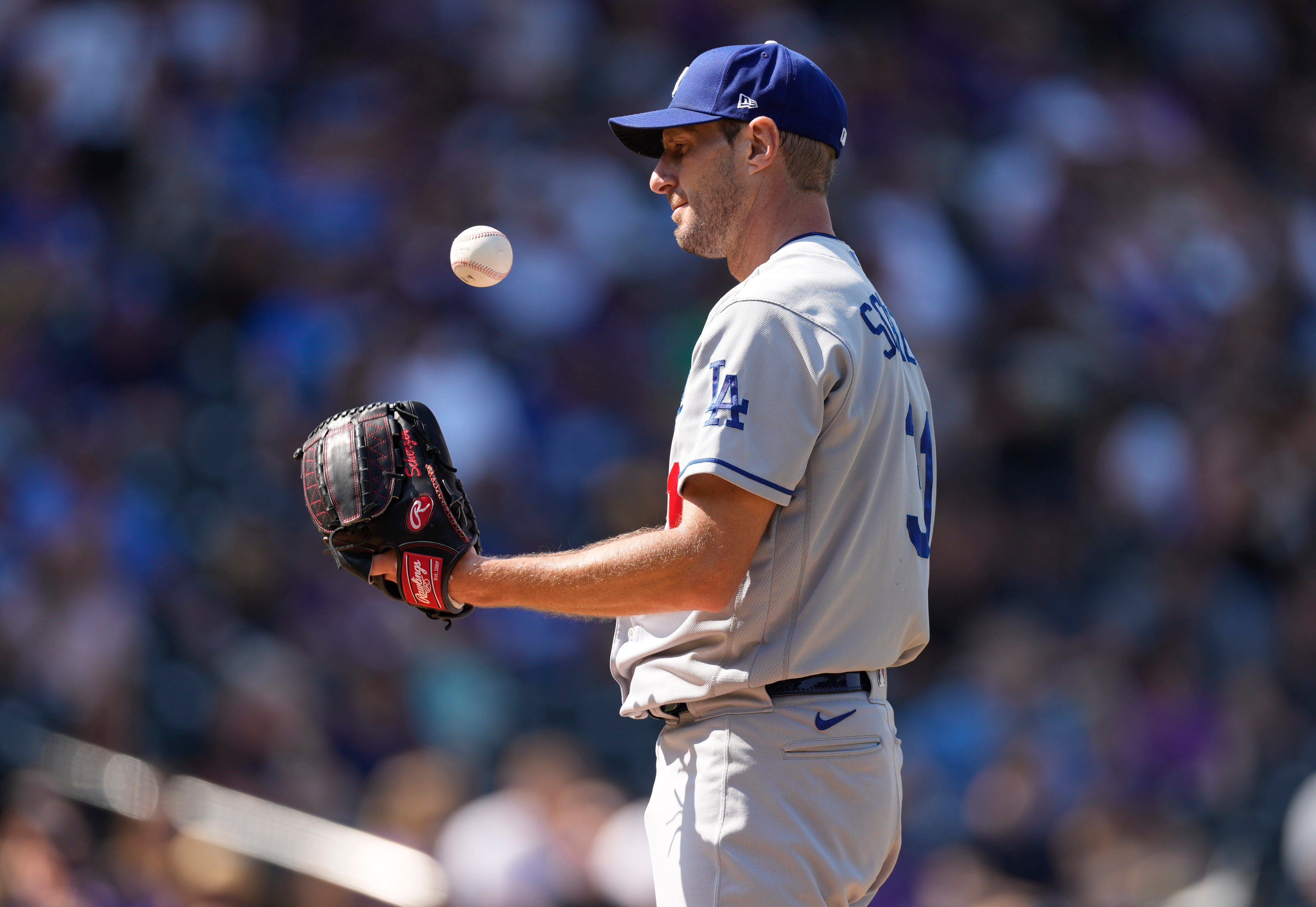MLB lockout could cost Scherzer $232K daily, Cole $193K
Sometime soon, lockout costs become real: Max Scherzer would forfeit $232,975 for each regular-season day lost, and Gerrit Cole $193,548

Sometime soon, lockout costs become real: Max Scherzer would forfeit $232,975 for each regular-season day lost, and Gerrit Cole $193,548.
Based on last year’s base salaries that totaled just over $3.8 billion, major league players would combine to lose $20.5 million for each day wiped off the 186-day regular-season schedule.
Major League Baseball has told the players’ association a labor deal must be reached by Monday in order for opening day to come off as scheduled on March 31 and a 162-game season to remain intact. The union hasn’t said whether it believes that deadline, and there likely is some leeway based on timing after the 1990 lockout, the 1994-95 strike and the 2020 pandemic delay.
Talks resumed this week in the second-longest work stoppage in baseball history, which started Dec. 2.
A player at management’s proposed $630,000 minimum would lose $3,387 for each day he’s not on a big league roster, the amount rising to $4,167 under the union’s offer of a $775,000 minimum.
While medical insurance would expire after March 31 for players in the major leagues when last season ended, the union would pay COBRA payments to continue their coverage and also will cover the subsidy usually paid for the medical coverage of former players.
It’s harder to calculate what owners of the 30 teams would lose if games are lost, but a similar amount is likely. While players received about half of industry revenue that reached a high of $9.7 billion in 2019 (a percentage that includes spending on draft picks and international amateurs), they are paid during the regular season, and teams receive a substantial percentage of revenue from the postseason.
For players, the cost is clear: Each earns 1/186th of his base salary each day.
Scherzer and Cole are on the union’s eight-man executive subcommittee, which supervises the negotiations. Among others in the union’s leadership group, the daily price comes to $172,043 for Francisco Lindor, $134,409 for Marcus Semien, $75,269 for Zack Britton, $32,258 for James Paxton and $20,161 for Jason Castro. Andrew Miller, the other member, is among the hundreds of players who remained unsigned heading into the transaction freeze that began with the lockout.
Stoppage costs would compound in future seasons due to the major league service time that wouldn’t be accrued. Once 15 days of the regular season are missed, the free-agent eligibility of some players would be delayed by one year unless management agrees to give credit in an eventual agreement, which it hasn’t done in the past.
That would delay free-agent eligibility for Shohei Ohtani from 2023 to 2024, Pete Alonso from 2024 to 2025, Jake Cronenworth from 2025 to 2026 and Jonathan India from 2026 to 2027.
Others in danger of delayed free agency after 15 missed days — players currently with major league service ending in .000 days — include Tejay Antone, Jordan Hicks, Cristian Javier, Brad Keller, Isiah Kiner-Falefa, Chris Paddack, Brady Singer, Andrew Vaughn and Garrett Whitlock.
In Lindor’s case, because of deferred compensation in his contract, he would lose money both this year and a decade from now. He would forfeit $145,161 each day from the $27 million he is owed this season and $26,882 each day from the $5 million due on July 1, 2032.
Players also may find it more difficult to reach provisions in their contracts to guarantee future seasons triggered by statistics such as plate appearances, games and innings, but the sides have agreed to prorating those in past settlements.
Clubs would lose broadcast revenue and ticket money, though the impact is somewhat uneven. Some teams generate less revenue from April games than they produce in the summer, and there likely are different contractual arrangements regarding the flow of broadcast fees, credits, refunds and delayed/forfeited payments.
In addition, a large percentage of broadcast revenue is for the postseason. MLB gave the union a slide two years ago that contracts called for $787 million in media money from the 2020 postseason: $370 million from Fox, $310 million from Turner, $27 million from ESPN, $30 million from MLB Network and $50 million from international and other.
The prospect of an extended stoppage to some degree is likely to have depressed ticket sales among fans wary of purchasing tickets for games that may not be played.
And there is no public knowledge of debt financing among the clubs and how much liabilities increased during a pandemic that caused a huge revenue loss.
___
More AP MLB: https://apnews.com/hub/MLB and https://twitter.com/AP_Sports
Bookmark popover
Removed from bookmarks